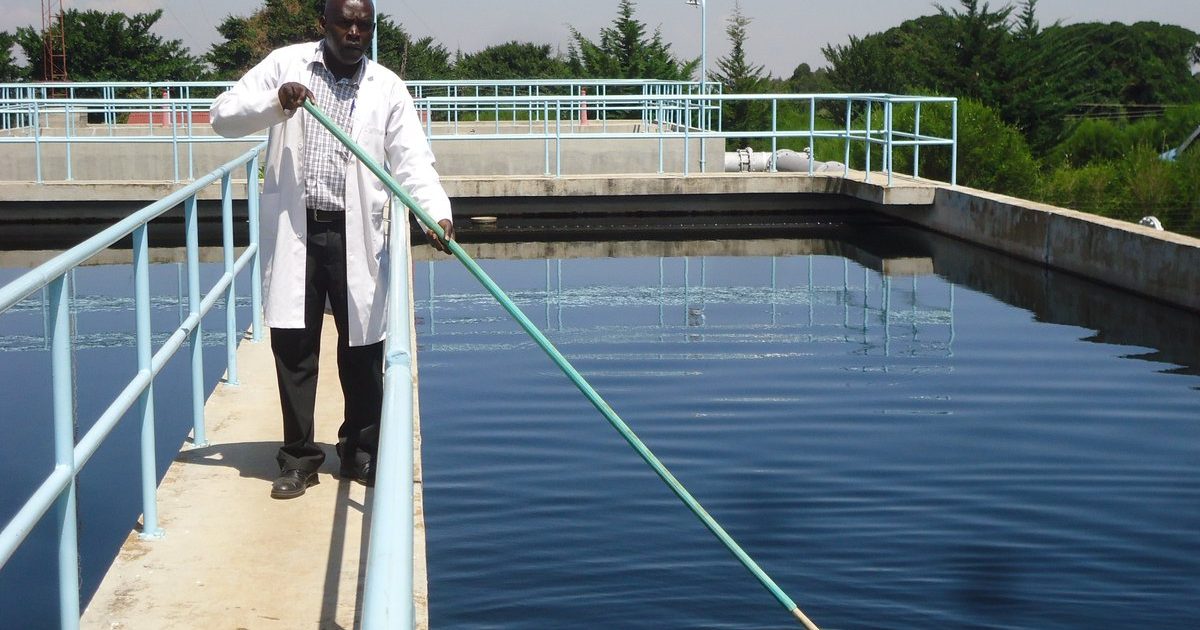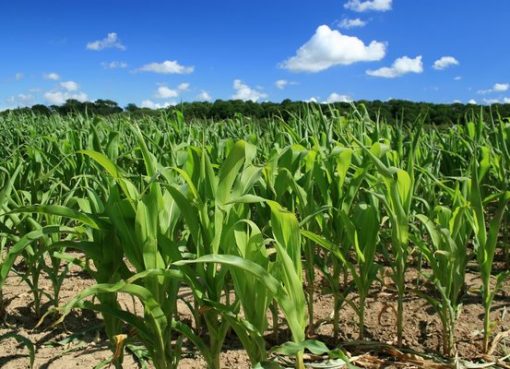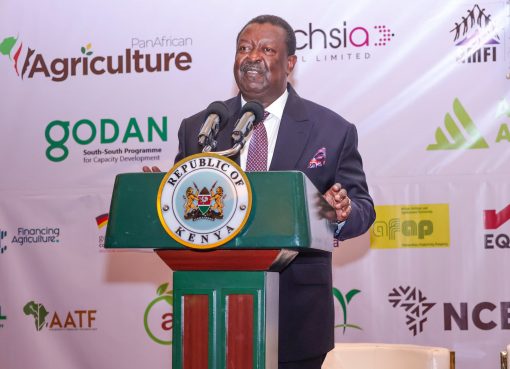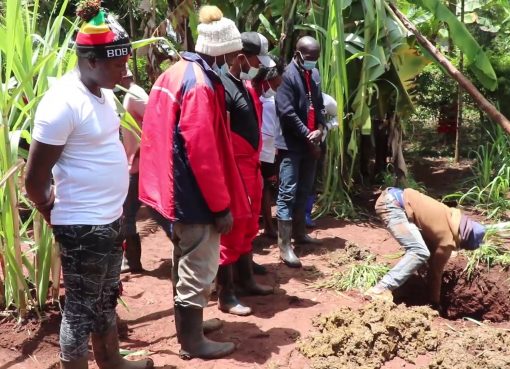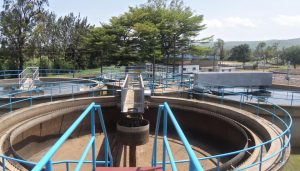
Nakuru is set to host over 1000 delegates and more than 200 exhibitors when the county holds the first ever Water and Sanitation conference next month.
The three day event dubbed Innovate 4 Water and Sanitation aims at providing practical and innovative solutions towards the containment, collection, conveyance, treatment, disposal and re-cycling of wastewater, and sludge in both rural and urban settings.
Governor Lee Kinyanjui said the conference that runs from March 25 to March 28 will also bring together water service providers (WSP) from 47 counties, researchers, professionals, industrialists, politicians and other stakeholders to advance discussions towards water secure societies.
“As the theme ‘Accelerating Financing of Climate SMART Water and Sanitation solutions’ suggests, the delegates will be expected to come up with recommendations on investment opportunities in this sector as well as pointing out projects and programmes that they can finance.
“We are seeking to find financial solutions for innovations that curb climate change and waste management,” stated Kinyanjui.
Devolution under Kenya’s new 2010 Constitution has wide-ranging implications for the water sector. The Constitution recognizes that access to safe and sufficient water is a basic human right. It also assigns responsibility for water supply and sanitation provision to the 47 counties.
Effective implementation of the new devolved framework now requires the water sector to focus on emerging opportunities and to address several challenges.
The conference comes at a time when the effects of climate change continue to impact negatively on availability of water resources and exactly three months after President Uhuru Kenyatta announced a plan to invest more than Sh.80 billion in the next three years for rehabilitation and expansion of sewerage infrastructure across the country.
The head of state said the investment upon completion in 2022, will increase the national access to sewerage services to about 40 per cent as he directed the Ministry of Water, Sanitation and Irrigation to pursue incentives aimed at increasing use of recycled water to expand irrigation.
The President said the current access to clean safe water was 62 percent while average national sewerage coverage stood at 25 percent.
Official statistics indicate that on average 75 percent of water produced by Nakuru Water and Sanitation Services Company (NAWASSCO), Naivasha Water, Sewerage and Sanitation Company (NAIVAWASS) and Nakuru Rural Water and Sanitation Company (NARUWASSCO) ends up being wastewater.
The governor said it is time the challenge was sorted and new mechanisms put in place to streamline the system.
“We want to depart from the old way of doing things. A lot of manpower and resources are always channeled towards supply of water yet little attention is directed in dealing with waste water. “Our sources of clean water are under threat from the waste water that homes and industries discharge,” he added.
Kinyanjui who has Chaired the Urban Planning, Housing, Development, Lands, Infrastructure and Energy Committee at the Council of Governors for the past four years said Nairobi, Kisumu, Mombasa, Eldoret among other big cities were the most affected due to a surge in the population and buildings which exert pressure on existing sewerage systems that frequently burst out.
He said new systems need to be put in place to contain the mounting pressure. “Our sewer lines were installed over fifty to sixty years ago when population in major urban centers was less than one million so the designed pipes were smaller,” the governor said.
The conference further comes against a background of research that shows the country’s per capita water availability of 647m3 is less than the global benchmark of 1000m3.
It is projected that the country will be in dire need of water by 2025 when her per capita water availability is estimated to fall to 235m3.
Many rural populations in Kenya were found in the study to depend on unimproved water sources which include ponds, rivers, and wells.
The forum is also expected to offer an opportunity for key players in the water sector to evaluate and review the state of water reforms in Kenya.
In 2002, Kenya enacted the Water Act to offer Integrated Water Resources Management in accordance with Dublin principles.
Before the enactment of the law, there were many challenges in the management of water supply and sanitation.
Some of the challenges include inadequate funding, weaknesses in water institutions, and conflicts emerging from overlapping roles of players in the Water Act.
However, the enactment of the Water Act allowed for the creation of new institutions to manage water resources and sanitation services.
“The ultimate aim of the conference will be to assess the effectiveness of water reforms in enhancing access to clean water sources and brainstorm best practices for effective water and sanitation management” said Kinyanjui.
By Anne Mwale


